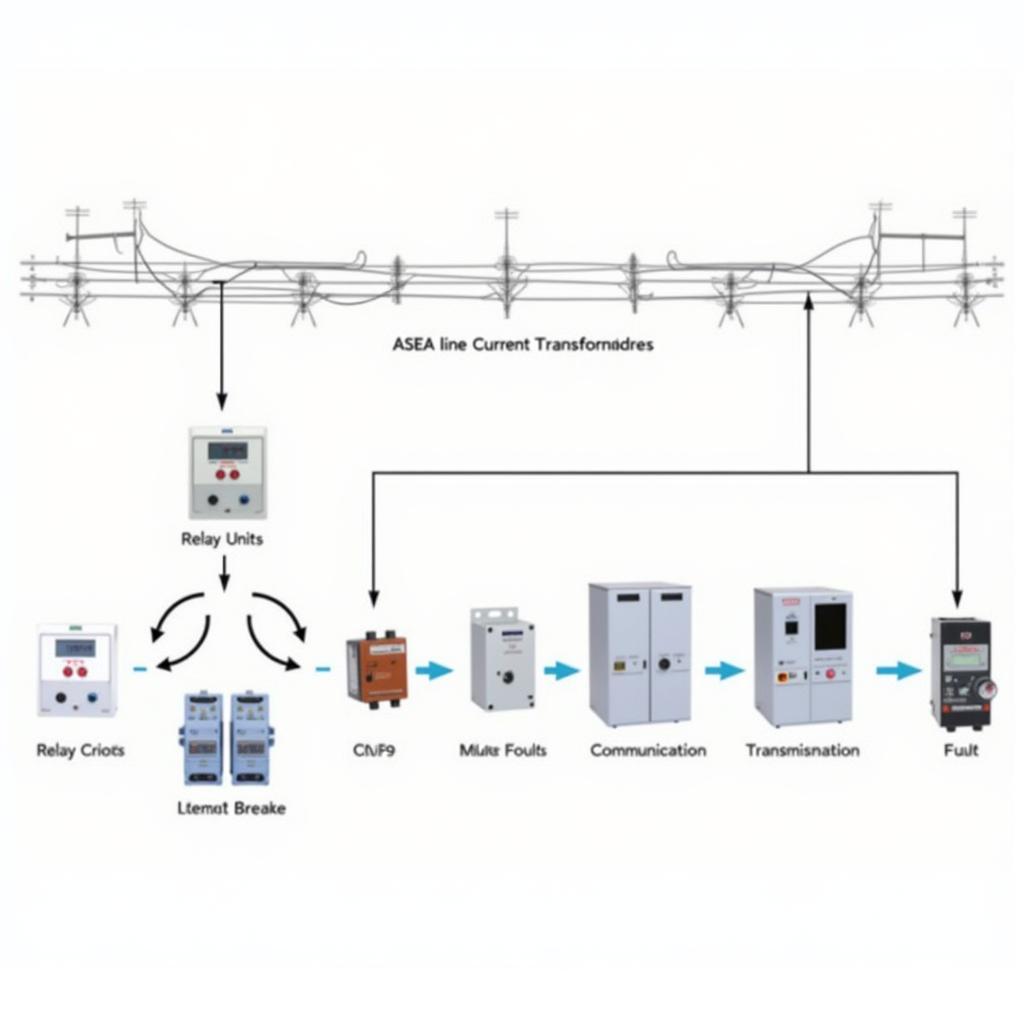ASEAN, the Association of Southeast Asian Nations, stands as a testament to the power of regional cooperation. Founded in 1967, this dynamic grouping has achieved remarkable progress in fostering economic growth, political stability, and cultural exchange throughout Southeast Asia. While the region faces numerous challenges, the commitment to preserving the ASEAN structure remains paramount.
The Pillars of ASEAN Cooperation
The ASEAN structure is built upon a foundation of shared principles and goals. These include:
- Political and Security Cooperation: ASEAN promotes dialogue and cooperation on regional security issues, aiming to prevent conflict and ensure peace in the region.
- Economic Cooperation: Through initiatives like the ASEAN Economic Community (AEC), ASEAN nations work towards free trade, investment, and economic integration, boosting regional prosperity.
- Social and Cultural Cooperation: ASEAN fosters cultural exchange, understanding, and cooperation on social issues like education, health, and human rights.
Safeguarding the ASEAN Structure: Challenges and Opportunities
Despite its successes, ASEAN faces challenges that could threaten its structure and undermine its goals. These include:
- Internal Conflicts: Internal conflicts within some member states, such as the Rohingya crisis in Myanmar, can impact regional stability and undermine ASEAN’s reputation.
- External Threats: Rising tensions in the South China Sea, territorial disputes, and external influences pose risks to regional peace and security.
- Economic Disparities: Significant economic disparities between ASEAN members can lead to inequality and hamper regional integration.
- Cybersecurity Threats: The increasing reliance on technology exposes ASEAN to cyberattacks and other digital threats, requiring greater cooperation on cybersecurity.
“ASEAN’s ability to navigate these challenges will be key to its long-term success. It’s essential for the region to stay united and work together to address these issues, ensuring a secure and prosperous future for all,” said Dr. Sarah Lee, a renowned Southeast Asian affairs expert at the Institute of International Affairs.
Strengthening the ASEAN Structure
ASEAN has implemented various strategies to strengthen its structure and address challenges. These include:
- The ASEAN Charter: The Charter, adopted in 2007, outlines the principles, objectives, and mechanisms of ASEAN cooperation. It provides a legal framework for the organization.
- The ASEAN Community Vision 2025: This document outlines a roadmap for ASEAN’s future development, focusing on regional integration, economic progress, and sustainable development.
- Enhanced Dialogue Partnerships: ASEAN actively engages in dialogue partnerships with other countries and regional organizations to address common challenges and promote regional cooperation.
The Future of ASEAN
Despite the challenges, the ASEAN structure remains resilient. The commitment to regional cooperation, shared values, and mutual understanding is the foundation for a prosperous and peaceful future for Southeast Asia.
“ASEAN has always been a beacon of stability and prosperity in the region. The key to its success lies in its ability to adapt to evolving challenges, foster innovation, and continue to champion regional cooperation,” said Mr. David Chen, an ASEAN economic expert at the Asia Development Bank.
Frequently Asked Questions (FAQ)
-
What are the main goals of ASEAN?
ASEAN aims to promote economic growth, political stability, and social and cultural development in Southeast Asia. -
How does ASEAN address regional security threats?
ASEAN promotes dialogue, confidence-building measures, and joint efforts to resolve regional security issues. -
What is the role of the ASEAN Charter?
The ASEAN Charter provides a legal framework for ASEAN cooperation, outlining the principles, objectives, and mechanisms of the organization. -
How does ASEAN promote economic integration?
Through the ASEAN Economic Community (AEC), ASEAN members work towards free trade, investment, and other measures to boost regional economic growth. -
What are the key priorities for the ASEAN Community Vision 2025?
The Vision 2025 prioritizes regional integration, economic progress, and sustainable development in Southeast Asia.
Conclusion
ASEAN’s continued commitment to regional cooperation is essential for the region’s stability, prosperity, and future development. By strengthening the ASEAN structure, addressing challenges effectively, and fostering innovation, the region can build a brighter and more secure future for all its members.

If you have any further questions about ASEAN, its structure, or how to get involved, please contact us at 0369020373, email [email protected], or visit us at Thôn Ngọc Liễn, Hiệp Hòa, Bắc Giang, Việt Nam. We have a dedicated customer support team available 24/7.
